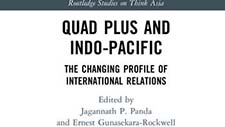-
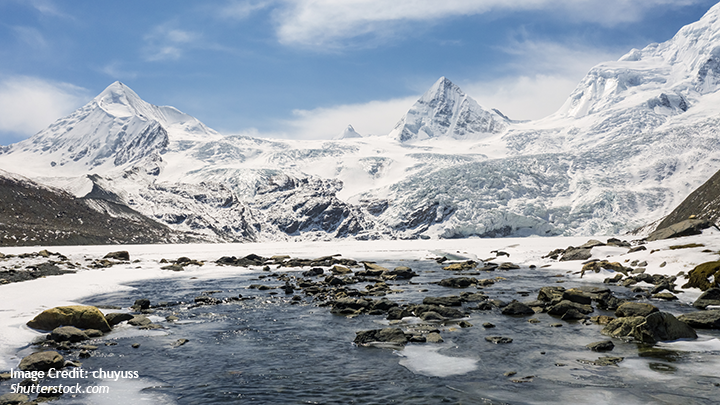
Tibet’s Climate Crisis: The Japanese Perspective
Japan has increasingly advocated for Tibetan human rights, often linking environmental vulnerability to cultural preservation. While Japan maintains a robust environmental diplomacy and has regularly engaged China on broader climate issues, Tokyo’s Tibet policy remains traditionally constrained due to the political sensitivity of Beijing’s sovereignty claims in the region. This issue brief by Astha Chadha examines Japan’s nuanced approach to the escalating climate issues in Tibet, considering the region’s critical ecological role as the “roof of the world” and source of major Asian rivers. It outlines how extensive Chinese infrastructure development in the region, in conjunction with increasing militarization, has severely impacted Tibet’s fragile environment, threatened the downstream nations, and raised global climate security concerns. The brief further argues that Japan’s cautiously crafted Tibet policy seeks to balance the region’s environmental and human rights concerns with the complex strategic realities of the Sino-Japanese relationship, while favoring multilateral avenues for future engagement over Tibet’s climate crisis, writes Chadha.
-
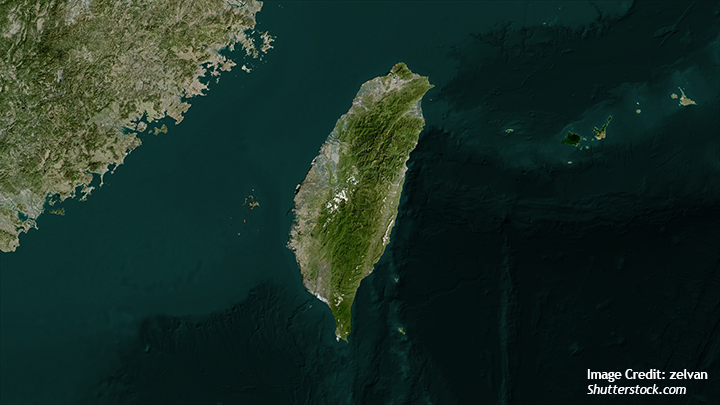
The Silicon Shield Erosion: Fortifying Taiwan Against Geopolitical Shocks
Viktor Šimov writes on the term “silicon shield” that emanates from Taiwan’s ability to resist the Chinese threat owing to its unique technological know-how and integration into global supply chains. He writes that, as of 2024, Taiwan produced 60 percent of the world’s semiconductors and 90 percent of the world’s most advanced semiconductors. The island’s largest chipmaker spearheads this impressive feat, Taiwan Semiconductor Manufacturing Company (TSMC), whose crucial components are used to power “everything from smartphones and electric vehicles to artificial intelligence and quantum computing applications”. The Taiwanese semiconductor industry is so advanced that certain experts believe in its ability to act as a “silicon shield” for Taiwan, which is facing military pressure and ultimately the risk of invasion by the PRC, writes Viktor Šimov. Read this piece here.
-
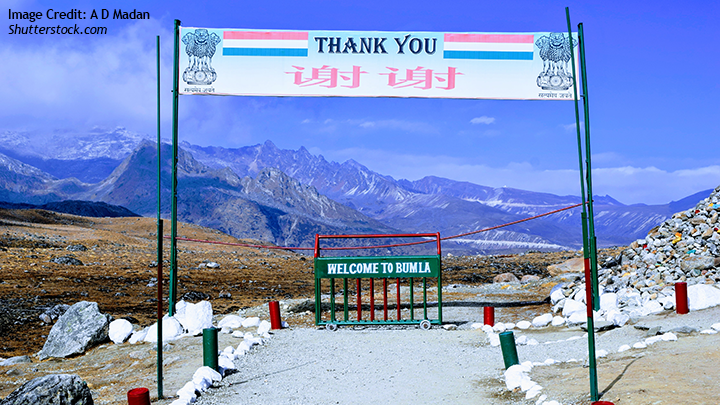
China’s International Relations Theory and India
This co-authored book chapter by Jagannath Panda and Eerishika Pankaj in the book titled "China's international relations theory: As Emerging from Practice and Policy" published under Routledge explores how China’s approach to India, and the wider region, reflects Chinese international relations theory and is undergirded by a complex interplay of geopolitical, historical, and ideological factors that are furthered via internal debates and focuses. The authors argue that Beijing’s foreign policy is also influenced by the changing priorities of Chinese leaders and contemporary circumstances within both states, the region, and internationally. It also argues that the China-India bilateral relationship allows rich insights into China’s strategic calculations, historical experiences, and ideological underpinnings, and how these things shape Chinese international relations, noting that Marxism and the pursuit of national rejuvenation play crucial roles in determining China’s foreign policy. It also identifies that under Xi Jinping, the rising power paradox is present within the China-India bilateral relationship, adding complexity in areas such as cooperation and competition between the two states. The chapter finds that China’s economic engagement with India is undergirded by mercantilist interests and that the mercantilism present within the Belt and Road Initiative has caused economic and strategic concerns in New Delhi. Moreover, given that Xi Jinping’s leadership challenges Western dominance within international relations, seeking a multipolar world with China taking its perceived ‘rightful place’ within the global order increases Beijing’s dynamic and multifaceted approach to foreign policy. The chapter and the book can be accessed here.
-

(UN)ambiguous Meaning? Cross-Strait Narratives of UN Resolution 2758
This Focus Asia paper by Agust Börjesson and Elenor Söderberg examines China’s and Taiwan’s narratives about UN Resolution 2758 in the context of current cross-strait relations and the global debate surrounding Taiwan’s UN participation. The paper expounds on what UN Resolution 2758 is and in what historical context it was voted on in the 1971 UN General Assembly. It analyzes the international debate that led up to the resolution’s adoption and argues that it had a different meaning to the UN’s voting member states. The paper also examines how the PRC’s and Taiwan’s narratives of UN Resolution 2758 have evolved over time. Börjesson and Söderberg write that, for the PRC, the resolution affirmed its “one China principle” claiming that Taiwan is part of China. Its use has not so much evolved as but instead intensified. In Taiwan, the narrative about the resolution evolved as it became a multi-party democracy and is now seen in different terms by Taiwan’s ruling DPP and oppositional KMT. They further write that, for the DPP, the resolution does not give the PRC the right to represent its citizens in the UN, whereas the KMT is pragmatic towards the PRC and willing to abide by the “1992 Consensus”. The disagreements between the DPP and KMT present a challenge for Taiwan to have a lasting unified narrative on Resolution 2758, write Agust Börjesson and Elenor Söderberg. Read and download the Focus Asia paper here.
-

Relational Dynamics and Italy’s Strategic Integration into the Indo-Pacific
The Indo-Pacific region is currently the primary arena in which global geopolitics is being played out. Italy has taken a more flexible approach, cultivating links and engaging in strategic activities without having an official strategy in place, despite the fact that several other governments have formed formal plans for the Indo-Pacific region. Initially, Italy’s involvement in the Belt and Road Initiative was focused on establishing business linkages, particularly with China. In recent times, however, Rome has been increasing its involvement in multilateral cooperation, maritime security, and regional stability. This issue brief by Riccardo Villa and Irene Spennacchio argues, through the application of a relational theory of international relations, that Italy’s approach to the Indo-Pacific region is defined not by strict state-centric policies but rather by dynamic networks. Through participation in the Pacific Islands Forum and the formation of strategic partnerships with Vietnam and South Korea, Italy has successfully woven itself into a network of regional ties, write Villa and Spennacchio.
-
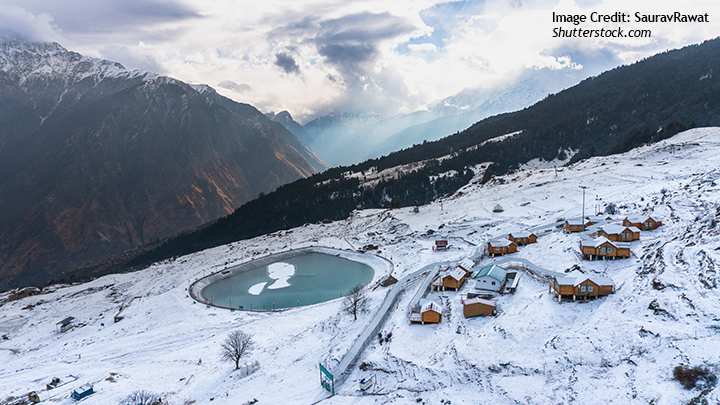
China’s Rapacity for Mining in Tibet: An Indian Perspective
Sriparna Pathak writes on how China’s rapacity for mining in Tibet has unfortunately become a permanent feature of its occupation. She argues that there are several reports on the environmental degradation caused by China’s activities in Tibet. What, however, is not explored is how and why China mines what it mines the most in Tibet. In order to understand the all-pervasive and permanent nature of China’s rapacity for mining in Tibet, it is pertinent to analyze the phases in which Chinese mining in Tibet has become as extensive as it is today. It is also pertinent to understand the problems it causes to downstream countries, in order to create more awareness, to push back against China’s unchallenged mining in Tibet. An understanding of what China seeks to mine next in Tibet is also important, writes Pathak. With the discovery of rare earth metals in Tibet in 2023, the challenge is set to skyrocket. In this context, she further writes that what lies in store for India also becomes crucial.
-

Challenges Faced by TSMC and Its Suppliers in Expanding to Europe
The semiconductor shortage caused by the COVID-19 pandemic resulted in the European Chips Act (ECA). The ECA was first proposed in February 2022 to double the European Union’s (EU) global market share in semiconductor manufacturing to 20 percent by 2030. The ECA opens a door for Taiwanese companies to reposition their geopolitical strategy. In August 2024, the first Taiwan-invested semiconductor fabrication plant (fab) broke ground in Dresden, Germany. It will specialize in producing mature chips for automation and electrification in the automotive and industrial sectors. In fact, Taiwan Semiconductor Manufacturing Company (TSMC) and its suppliers’ overseas expansion in Germany and its neighboring countries are affected by ECA-mandated subsidies, Taipei’s foreign policy, and the local business environment. Even though the construction of the Fab in Dresden has started, the road is far from smooth. This issue brief by Yi-Chieh Chen and Chung-min Tsai examines the hurdles in achieving profitability and sustainability by analyzing the political factors driving Taiwan’s semiconductor firms’ international expansion, TSMC’s struggles to navigate the business environment in Germany, and the hesitation of TSMC’s suppliers to expand in the EU. For the Taiwanese firms, there are many challenges, including high production costs, potential labor conflicts, a lack of a local support system, and uncertain future market demand, writes Yi-Chieh Chen and Chung-min Tsai. Download and read this issue brief here.
-
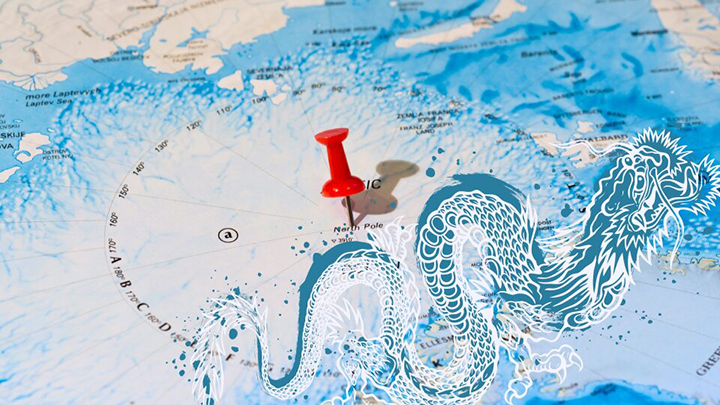
PLA in the Arctic: Under the Ice?
Niklas Swanström writes on how the Arctic presence of the PLA has evolved alongside Russia's power projection and strategic needs, as the PLA enhances its own capabilities in the region. He writes that China is advancing its technologies and combat capabilities for the Arctic’s conditions, ensuring its ability to operate independently and alongside Russian forces. A main concern is the development of its nuclear capabilities and ICBM responses in the Arctic environment. The civil-military connection is evident and should be carefully considered when commercial enterprises are introduced in the Arctic, writes Swanström. He further argues that natural resources play a pivotal role in the growing Chinese presence in the Arctic, while investments in LNG and minerals are closely linked to PLA operations. Technological developments for Arctic conditions are progressing rapidly, influencing not only regional security but also broader geopolitical dynamics, writes Swanström. Read this policy paper here.
Latest Publications
Tibet’s Climate Crisis: The Japanese Perspective
Japan has increasingly advocated for Tibetan human rights, often linking environmental vulnerability to cultural preservation. While Japan maintains a robust environmental diplomacy and has regularly engaged China on broader climate […]
(UN)ambiguous Meaning? Cross-Strait Narratives of UN Resolution 2758
This Focus Asia paper examines China’s and Taiwan’s narratives about UN Resolution 2758 in the context of current cross-strait relations and the global debate surrounding Taiwan’s UN participation. The paper […]
Relational Dynamics and Italy’s Strategic Integration into the Indo-Pacific
The Indo-Pacific region is currently the primary arena in which global geopolitics is being played out. Italy has taken a more flexible approach, cultivating links and engaging in strategic activities […]
- Is a Tribunal for Kadyrov More Than Wishful Thinking?
- A Partner, not a Power: The EU’s Evolving Engagement with Central Asia
- Azerbaijan's Inclusion in the Abraham Accords will Transform the Commercial Architecture of Eurasia's Southern Rim
- The “Inkai Incident”: Under the Surface of Kazakhstan’s Uranium Production






